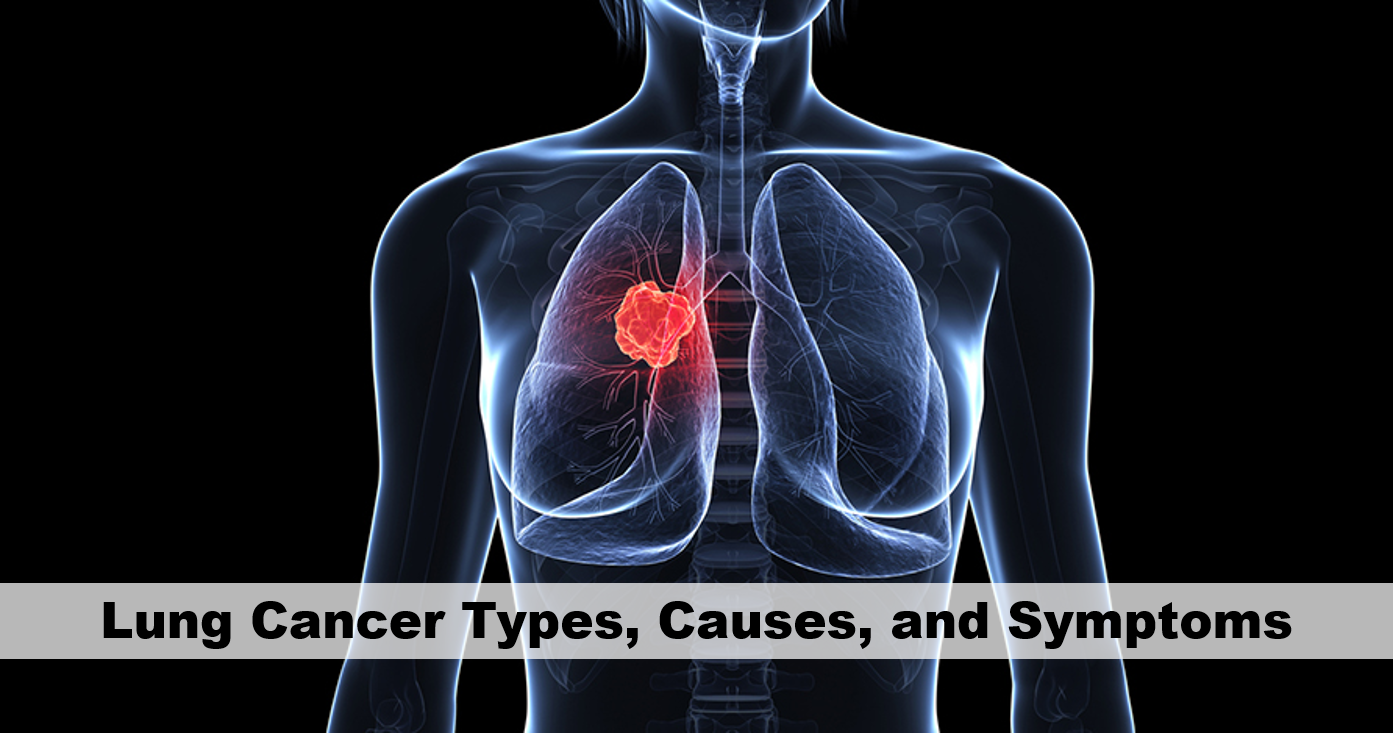What Is Ovarian Cancer? Ovarian Cancer Causes And Symptoms

What are the signs of ovarian cancer? Who is at high risk for ovarian cancer? Ovarian cancer is one of the most common and difficult to treat cancer among women. Ovarian cancer develops in 1 or 2 out of every 100 women. When ovarian cancer is diagnosed, the disease is usually advanced, and the treatment process is more difficult than in many types of women’s cancer.
Therefore, as in all other cancers, early diagnosis is significant for the treatment of ovarian cancer, which constitutes 4% of all cancers among women, which can be seen after menopause and may occur at any age. Here, we will explain the causes, symptoms, and stages of ovarian cancer.
What Is Ovarian Cancer?
Ovarian cancer may occur as a result of uncontrolled division and proliferation in epithelial cells or embryonic cells. More than 80 percent of ovarian cancers seen after menopause occurs in epithelial tissue. And, embryonic tumors are seen in 60% of ovarian cancers under the age of 20 years.
Causes of Ovarian Cancer
Although the causes of ovarian cancer are not well known, some risk factors may cause this disease. Genetic, environmental and hormonal factors may be among the causes of ovarian cancers. The causes of ovarian cancer can be listed as follows;
- The risk increases in patients with breast or ovarian cancer.
- Changes in certain genes in recent years have led to an increased risk of ovarian cancer.
- Ovarian cancer increases the risk of ovulation enhancers.
- The risk of ovarian cancer is higher in those who have never been pregnant. Giving birth decreases the risk of ovarian cancer.
Ovarian Cancer Symptoms
Common symptoms of ovarian cancer can be listed as follows;
- Changes in bowel habits, especially constipation,
- Changes in bladder habits, frequent urination,
- Loss of appetite,
- Vaginal bleeding,
- Weight loss,
- Abdominal pressure and bloating,
- Pain in the groin,
- Prolonged indigestion, gas or nausea.
|Causes and Symptoms of Cancer|
Ovarian Cancer Stages
It is necessary to know whether cancer has spread from your ovary to the surrounding organs. Staging in ovarian cancers is determined by the degree of cancer spread.
Stage 1: The cancer is in one or both ovaries, but only remains in the ovary.
- Stage 1a: Cancer is limited in one ovary.
- Stage 1b: Cancer is in both ovaries, but is still limited within the ovaries.
- Stage 1c: The cancer is in one or two ovaries, but it goes beyond the ovarian border. A tumor cyst on the ovary exploded, or cancer cells were found in the abdominal fluid.
Stage 2: Cancer has spread to other organs in the area called pelvis and surrounded by the pelvis.
- Stage 2a: Cancer has spread to the uterus, tubes or both.
- Stage 2b: Cancer has spread to the bladder or large intestine.
- Stage 2c: Cancer has made any of the spread in 2a and 2b. It has also gone beyond the ovarian border.
Stage 3: Cancer has spread to the abdomen or is involved in the lymph nodes.
- Stage 3a: Cancer cells have spread into the abdomen, but are only small enough to be seen under a microscope.
- Stage 3b: Cancer cells are spread into the abdomen, but their size is less than 2 centimeters.
- Stage 3c: Cancer cells are spread into the abdomen and are larger than 2 centimeters or spread to the lymph nodes, or both conditions exist.
Stage 4: Cancer has spread to the liver, lung, or other distant organs.
Ovarian Cancer Diagnosis
Early diagnosis of ovarian cancer is essential as in all other cancers. It is recommended that women should not neglect their annual routine gynecological controls for early diagnosis. Not every cyst in the ovaries means cancer. Most of the cysts seen in reproductive age women are simple and harmless cysts. These self-disappearing cysts do not carry cancer risk. For this reason, it is determined whether the cysts monitored by ultrasound are harmful or do not have any negative effects on the body.
Early Diagnosis in Ovarian Cancer
The response of ovarian cancer to treatment is directly related to the extent of tumor spread. Ovarian cancer is diagnosed early and can be eliminated by 80-90 percent with appropriate treatments. The rate of recovery in ovarian cancers diagnosed at an advanced stage is 40-50 percent. After ovarian cancer surgery and chemotherapy, it should be checked regularly for the possibility of recurrence. How to Prevent Cancer.





